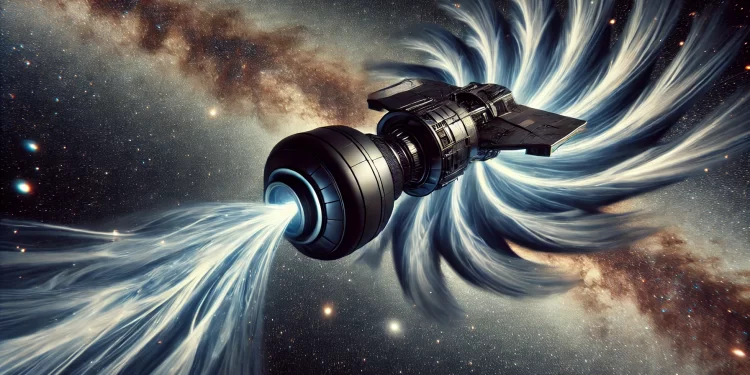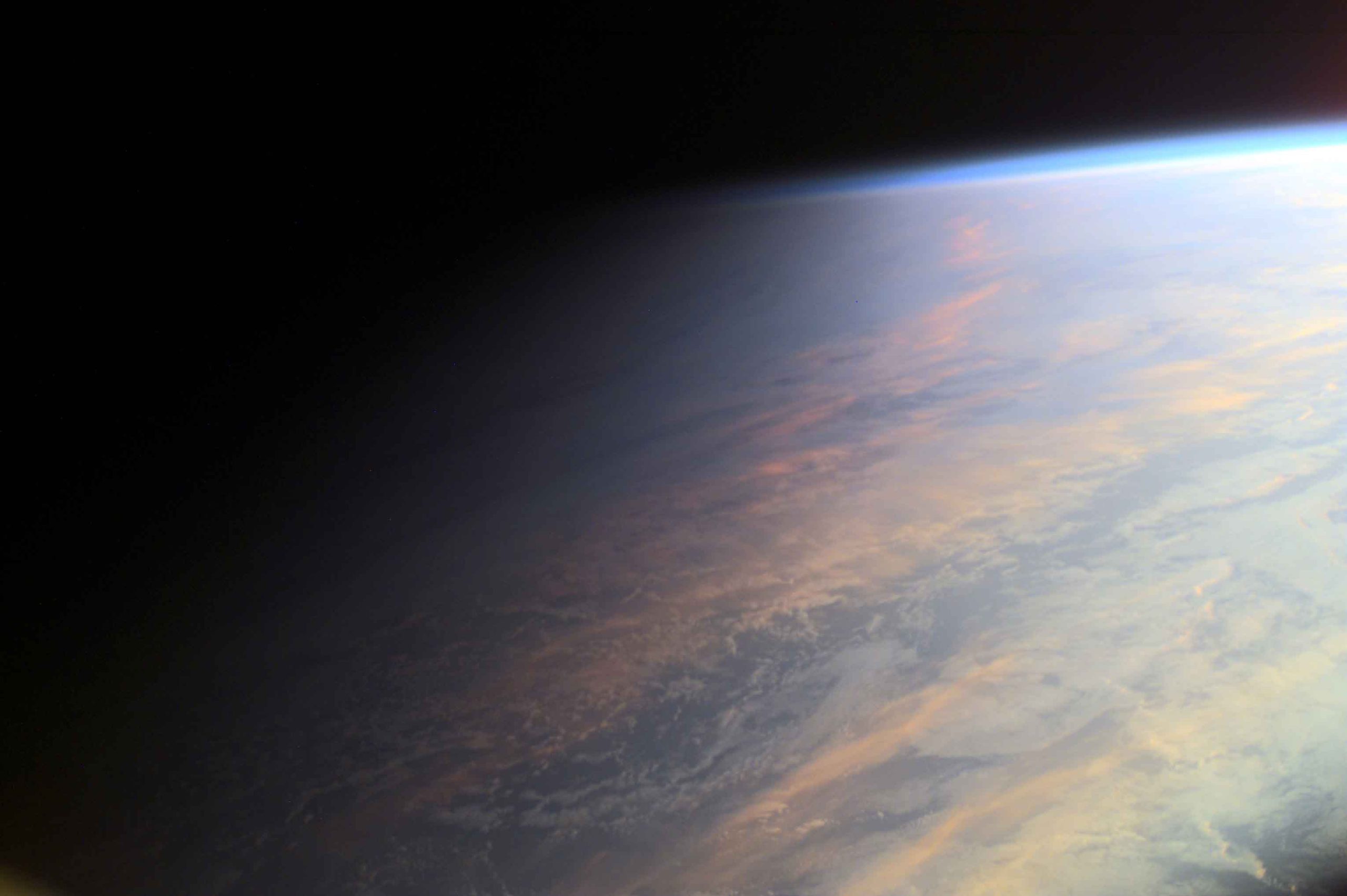Imagine a future where we traverse the cosmos at light speed, not by burning fuel, but by tapping into the limitless energy of empty space. While today this idea seems like something straight out of our favorite sci-fi movies—like Interstellar, Star Wars, and many others, where spacecraft explore the universe’s farthest reaches and scientists make unthinkable discoveries—it might not be as far-fetched as it appears.
In reality, we’re still debating issues like climate change and politicians are preoccupied with ongoing conflicts. To truly go interstellar (and I don’t mean the movie), we need to be smarter—smarter as a species. Interestingly, there may be ways to “tap into” the boundless energy the universe already offers us. This concept, though it seems like science fiction, is rooted in real scientific exploration dating back over seven decades.
The Casimir Experiment: Unveiling Quantum Mysteries
In 1948, Dutch physicist Hendrik Casimir proposed a simple yet groundbreaking experiment. He suggested that placing two metallic plates extremely close together in a vacuum would cause them to move toward each other spontaneously—without any external forces like gravity or magnetism. This phenomenon, later confirmed experimentally, is known as the Casimir Effect.
At the heart of this effect lies the concept of quantum fields. Unlike particles, which we can observe, quantum fields are invisible entities that permeate all of space and time. Each type of particle—electrons, photons, neutrinos—has its own corresponding field. These fields are in a constant state of fluctuation, even in what we perceive as a perfect vacuum.
Zero-Point Energy: The Vacuum Isn’t Empty
These ever-present fluctuations mean that even empty space is teeming with energy, known as zero-point energy. Think of it like the surface of the ocean, constantly rippling with waves of all sizes. In the quantum realm, these “waves” are vibrations of the fields that exist everywhere, all the time.
You might wonder how infinite energy can have a tangible effect. In mathematics, not all infinities are equal—a concept explored in set theory. By comparing the infinite vibrations outside the plates with those between them, scientists can calculate a finite difference. This difference results in a measurable force pushing the plates together.
Real-World Applications and the Future of Propulsion
While the force generated by the Casimir Effect is incredibly small it has significant implications for nanotechnology and quantum computing. Engineers must account for these forces when designing micro-scale machines, as they can impact performance at tiny scales.
Looking ahead, researchers are exploring ways to harness vacuum energy for practical uses. In 2002, a patent was granted for a device aiming to convert Casimir forces into usable energy. Additionally, institutions like the University of Colorado Boulder are investigating devices that could generate power from quantum fluctuations.
The idea of using vacuum energy for propulsion has captured imaginations worldwide. If we could effectively tap into this limitless source, it might pave the way for technologies like warp drives, bringing interstellar travel within reach.
The Modesty of a Pioneer: Hendrik Casimir’s Legacy
Despite his monumental contribution, Casimir remained humble about his work. In his autobiography, Haphazard Reality, he wrote, “The story of my own life is of no particular interest.” His seminal paper concluded modestly, suggesting that while the effect was small, experimental confirmation “might be of a certain interest.”
Today, researchers continue to investigate the Casimir Effect, not only to test the limits of quantum mechanics but also to explore practical applications that could revolutionize technology and energy production. The quest to understand and harness vacuum energy pushes us to rethink our perceptions of empty space and the potential it holds.
Could vacuum energy be the key to unlocking new frontiers in space travel and energy? Is harnessing the power of the quantum vacuum within our reach, or are we still grappling with understanding its full implications?











